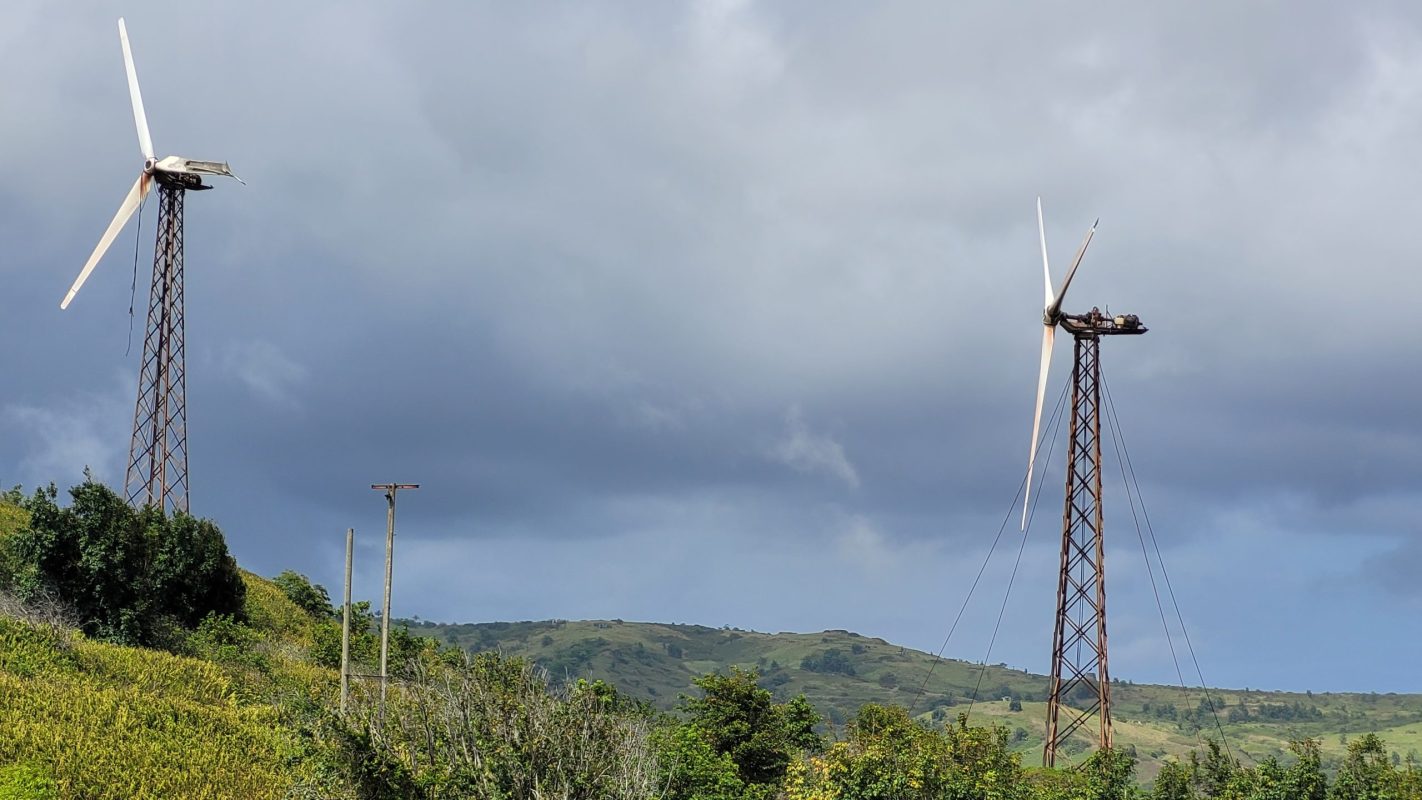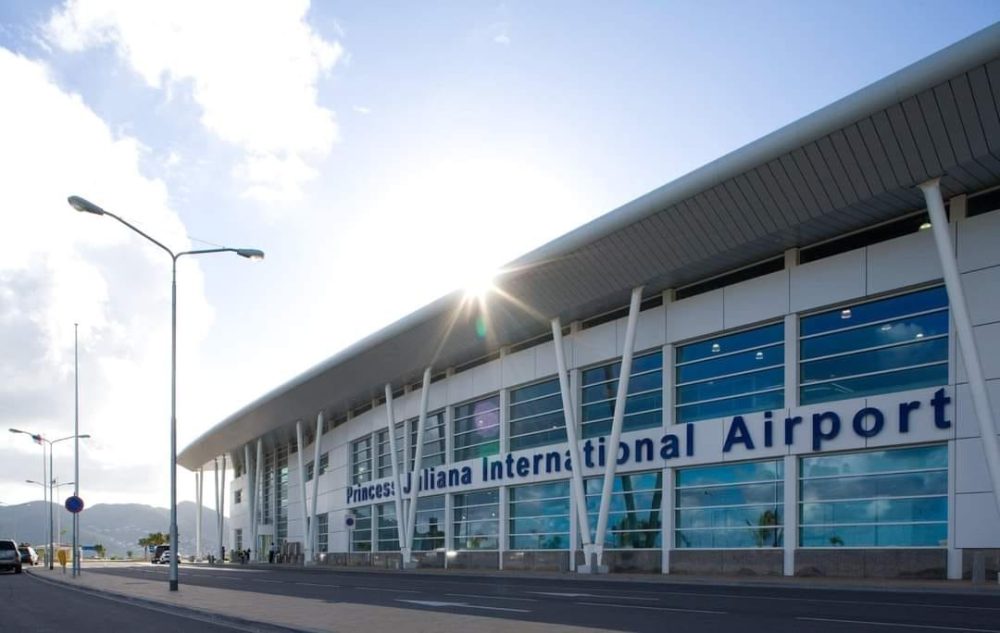According to the International Renewable Energy Agency (Irena), as the Renewable Energy (RE) Industry worldwide continues to attract investors due to the high level of returns achieved on investments, wind energy projects globally could see annual compounding growth of 7.2% for the next three decades.
The Task Force Report notes that, “in 2018, approximately US$ 29.4 billion was invested in new wind farms with onshore wind financed at an average of US$ 1.54 million per megawatt (WindEurope, 2019b). From the data, one can conclude that wind energy represents a sound financial investment for the foreseeable future.”
Wind Energy Studies on Montserrat
The new report evaluates two studies conducted to assess the viability of wind as a key source for powering Montserrat. A Wind Power Potential Study was conducted in 2008 by Wind Business Support and a Wind Desktop Study was produced in 2019 by the MCWLE Energy Unit.
On behalf of DFID and the Government of Montserrat, Wind Business Support conducted a Wind Power Potential Study in 2008. The study reviewed 10 potential sites, with Blakes Estate being identified as the most promising site.

While the study highlighted potential sites for wind development on the island, it also emphasized some barriers and challenges to wind energy implementation. These include limited available land area since two-thirds (2/3) of the island lies in the exclusion zone and limited accessibility due to the sharp bending radius for most of the inland’s road network.
The need for upgrades and expansion of the electrical transmission and distribution infrastructure and transportation and equipment availability were some of the challenges to developing a wind energy supply.
During their tenure, the Task Force examined the region for lessons learned in wind farms generation.
They found that:
- Wind assessment studies would require a wind mask erected at the proposed height and monitored for a minimum of 12-18 months.
- Within the region, preference was for the utilisation of wind turbines of 1MW or more; turbines of lower output were not found to be regionally economical.
- The general cost for a wind assessment study to determine the feasibility of a wind turbine project can range from EC$ 350 – 500k.
Wigton Windfarm Limited of Jamaica is the largest wind energy facility in the English-speaking Caribbean. The wind farm currently comprises three plants; the 20.7 MW Phase I, which began operating in 2004, Phase II an 18 MW extension facility commissioned in 2010, and the 24 MW Phase III, which was commissioned in 2016 bringing the wind farm’s total capacity to 62.7 MW. Wigton has reduced Jamaica’s oil consumption by close to 406,000 barrels which has saved Jamaica almost J$3 billion.
The task force’s report said the desktop wind assessment study commissioned and conducted by the Monserrat energy unit in 2019, investigated the feasibility of installing a 4 MW wind farm at six different locations around the island. The study found that the capacity factor varied between 20% to 35% for the selected site. The energy production from the sites can generate 49%-109% of the electricity presently generated annually.
The study also indicated that the Levelised Cost of Energy (LCOE) from the sites ranges from US$0.18/kWh to US$0.31/kWh, which is 9% to 47% lower than the US$0.342 combined electricity generation cost.
“Based on this study’s result, it can be concluded that wind energy can supply the required electricity demand at a lower price than what currently obtains,” stated the energy report.
“However, an LCOE comparative analysis of wind technology with other viable local technologies is needed to determine whether wind energy presents the optimum generation expansion solution. The desktop study also indicated, depending on the turbines’ configuration, a total land area between 102,826 m2 (25.41 acres) to 138,124 m2 (34.1 acres) is required for installation of a 4 MW wind farm.”
More Land Needed
Land remains a key barrier for the development of RE on Montserrat.
The report states that “most RE technology requires land to facilitate its development and its ongoing operational needs. The three RE technologies (i.e., Solar, Wind & Geothermal) currently being considered require considerable land for their implementation.
A 1MW Wind project could require 19.7acres (44.7-25=19.7), the report revealed.
If wind energy is considered as the way forward, the government would need more land. They could either be bought or compulsorily acquired. The report highlighted that both aspects have been very costly in the past.
“In the case of compulsory acquisition, it has been very time consuming and very litigious; adding a greater cost to the land. Costly land acquisition will increase the capital expenditure (CAPEX) cost of any RE project and, in turn, become a hindrance in allowing low-cost energy rates ($kw/h) to Montserrat’s energy consumers,” the report stated.
The complete Energy Task Force Report can be reviewed at Energy-Task-Force-Final-Report.pdf (www.gov.ms)
Discover more from Discover Montserrat
Subscribe to get the latest posts sent to your email.









